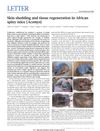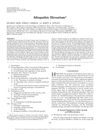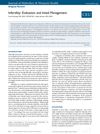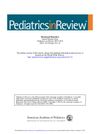A Missing Piece: The Spiny Mouse And The Puzzle Of Menstruating Species
May 2018
in “
Journal of Molecular Endocrinology
”
menstruation progesterone luteal phase spontaneous decidualisation prolactin embryo selection cyclical ovulation vascular remodeling endometrial stroma trophoblast invasion endometriosis pre-eclampsia menstrual cycle hormone pregnancy hormone decidualization ovulation blood vessel remodeling uterine lining placental invasion high blood pressure in pregnancy
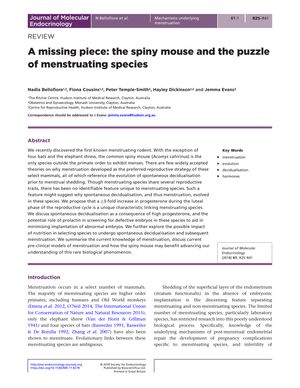
TLDR The spiny mouse is a unique menstruating rodent that can help us understand menstruation and reproductive disorders.
In the 2018 review, the authors presented the common spiny mouse (Acomys cahirinus) as the first known menstruating rodent, offering a unique opportunity to study menstruation and related disorders. Menstruation, a rare phenomenon outside of primates, is also observed in some bats and the elephant shrew. The spiny mouse menstruates for about 3 days within a 6 to 10-day cycle. The review discussed characteristics of menstruating species, such as a ≥3-fold increase in progesterone during the luteal phase, spontaneous decidualisation, and the potential role of prolactin in embryo selection. It also explored the impact of nutrition on the evolution of menstruation. The spiny mouse's reproductive strategies, including cyclical ovulation and extensive vascular remodeling of the endometrial stroma, were highlighted, although it differs in the method of trophoblast invasion. The review suggested that menstruation may act as a 'fail-safe' to remove non-viable embryos and that spontaneous decidualisation could protect against implantation of lower quality embryos in species with year-round breeding. The availability of a continuous energy supply from diverse diets may have enabled this evolution. The spiny mouse was emphasized as a valuable model for menstruation research, overcoming limitations of artificial models and providing insights into disorders like endometriosis. It could also be useful for studying reproductive disorders such as pre-eclampsia, due to its similar reproductive features to primates. The document concluded that the spiny mouse holds great potential for advancing research in women's reproductive health and understanding the evolution of menstruation.
